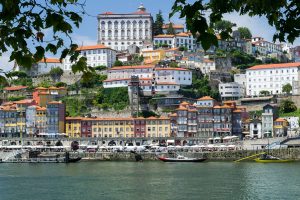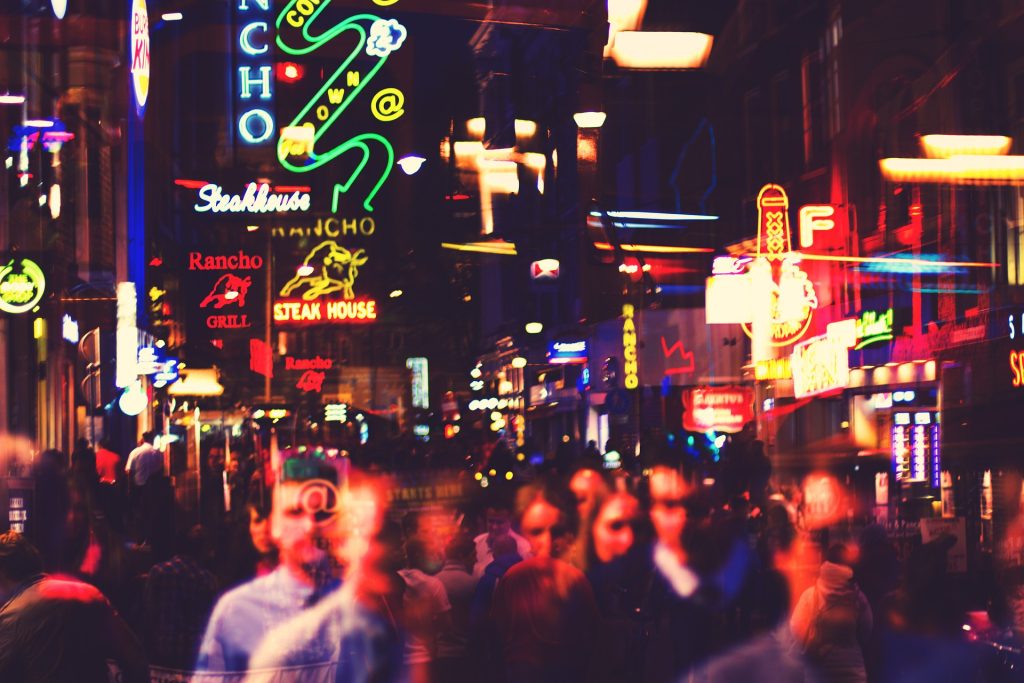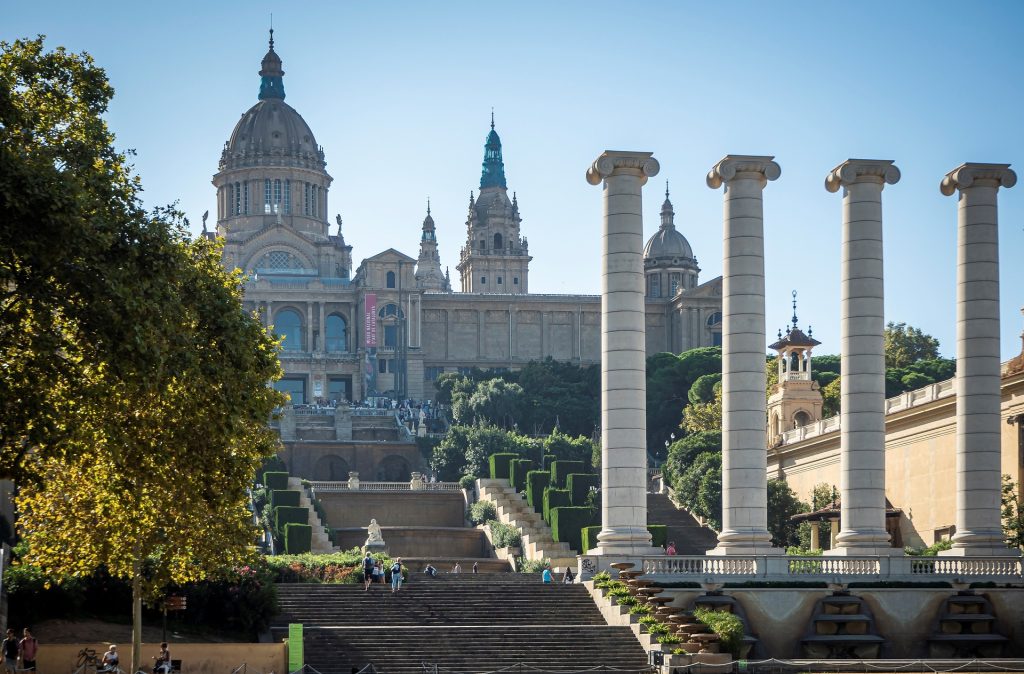1. Introduction
Porto, Portugal’s second-largest city, is famous for its historic architecture, scenic riverside views, and world-renowned port wine. Over recent years, Porto has emerged as a vibrant destination, attracting millions of visitors with its charm and culture. However, the rapid growth of tourism has raised concerns among locals about the city’s livability, environmental sustainability, and cultural preservation. In this article, we explore the impact of tourism on Porto and offer tips for responsible travel.
2. A Brief Overview of Porto
Nestled along the Douro River, Porto is known for its UNESCO-listed historic center, traditional azulejos (hand-painted tiles), and unique architecture that includes landmarks like the Dom Luís I Bridge and Clérigos Tower. Porto’s growth in popularity as a travel destination has provided economic benefits but has also put pressure on the city’s infrastructure, cultural identity, and local communities.
3. The Local Perspective
Tourism has transformed Porto’s economy, but it has also created challenges that locals encounter in their daily lives:
- Housing and Gentrification: Short-term vacation rentals have driven up housing costs, making it difficult for Porto residents to afford accommodation in their own neighborhoods. Many locals have been pushed out of the city center as properties are converted into tourist lodgings.
- Crowding and Strain on Infrastructure: Porto’s narrow streets and small public spaces can become overcrowded, especially in the historic center, causing congestion that disrupts local life. Increased demand for transportation, waste management, and public services also puts a strain on the city’s resources.
- Loss of Authenticity: The rise in tourism-focused businesses has shifted the local economy, sometimes at the expense of traditional shops and services. Many restaurants, stores, and markets now cater primarily to visitors, and the city’s authentic character risks being overshadowed by tourist-centric offerings.
4. The Impact of Overtourism
Porto’s influx of tourists has led to social and environmental consequences, affecting both residents and the city’s historic architecture:
- Wear and Tear on Historic Sites: Heavy foot traffic through Porto’s historic neighborhoods has taken a toll on its buildings and streets. Sites such as the Ribeira district and Livraria Lello are under pressure from high volumes of visitors, impacting preservation efforts.
- Environmental Impact: The increased demand for goods and services for tourists has led to higher waste production, more vehicles on the road, and increased energy consumption. Popular sites, like the Douro riverside, experience pollution from boat tours and litter from visitors.
- Social Changes in Neighborhoods: As certain neighborhoods become heavily populated by tourists, long-standing communities are sometimes displaced or altered. Local traditions, small businesses, and social networks are affected by the influx of short-term visitors, which can impact Porto’s unique cultural landscape.
5. Respectful Travel Tips
If you’re planning a visit to Porto, here are some ways to reduce your impact and show respect for local communities:
- Stay in Eco-Friendly Accommodations: Look for lodgings that prioritize sustainability and responsible tourism. Staying outside of the most crowded areas can help you enjoy a more authentic experience while supporting neighborhoods less affected by tourism.
- Support Local and Family-Owned Businesses: Seek out traditional shops, markets, and family-owned restaurants. By shopping locally, you can help keep Porto’s economy diverse and maintain the city’s unique character.
- Use Public Transportation and Walk: Porto’s public transit system and walkable streets make it easy to explore without a car. Using trams, buses, and trains reduces congestion and pollution, allowing you to experience the city as locals do.
- Respect Cultural Sites: Always follow guidelines for historic buildings, churches, and landmarks. Avoid contributing to wear and tear by following designated paths and treating Porto’s architecture and public spaces with care.
6. Ethical Considerations
Porto’s residents value the city’s history, culture, and community, and preserving these aspects is essential. As a visitor, being mindful of your impact on local neighborhoods and respecting the traditions and customs of Porto’s residents can go a long way. Supporting local businesses and prioritizing responsible travel helps Porto maintain its character amid its growth as a tourist destination.
7. Alternatives to Crowded Areas
For a quieter experience and to reduce strain on Porto’s most popular sites, consider exploring these lesser-visited spots:
- Matosinhos: A nearby coastal area known for its seafood and beaches, Matosinhos provides a break from Porto’s busier neighborhoods and offers a more local perspective on Portuguese coastal life.
- Foz do Douro: This scenic neighborhood where the Douro River meets the Atlantic Ocean is perfect for a relaxing afternoon. With fewer tourists than the city center, Foz do Douro offers picturesque views, local restaurants, and beautiful walking paths.
- Gaia Wine Cellars: Instead of crowding the popular riverside wine cellars, consider visiting some smaller, family-owned cellars in Gaia. These often provide a more intimate look at the port wine tradition without the crowds.
8. Conclusion
Porto’s historical charm and vibrant culture make it an extraordinary destination, but the pressures of overtourism threaten its essence. By choosing sustainable accommodations, supporting local businesses, and being mindful of your impact, you can help preserve Porto’s authenticity for future generations. Responsible travel allows Porto to flourish, keeping its beauty and spirit intact while sharing its wonders with the world.


